
Los Santos, Carnival and much more
It doesn’t have the scale of carnivals in Río de Janeiro, Trinidad and Tobago, or Barranquilla, but Carnival in Panama has its own particular charm, especially in towns like those in the province of Los Santos. Panorama de las Américas definitely recommends the experience, and suggests that you do it in a way that lets you also enjoy some of the region’s other attractions.
By Juan Abelardo Carles R.
Carnival is ingrained in the Panamanian spirit. It is a learned pleasure, an uninterrupted revel that begins on the eve of Carnival Saturday with the crowning of queens, and ends in the early morning hours of Ash Wednesday with rival tunas (carnival troupes) facing off in a fireworks duel known as El Topón (The Clash).
If you’re not Panamanian, you probably haven’t been training since childhood for this marathon festivity, so how about a varied tour around the province of Los Santos, one of the bastions of this festival? You can spend a couple of days mirroring Panamanian indulgence in the Carnival, and then devote a few more days to unveiling the natural and cultural mysteries of the region.
Friday, Carnival Eve – Las Tablas
Join the supporters of the rival tunas in gravitating toward their respective home bases: Palacio de los Tulipanes on Calle Arriba (Upper Street) in the Bolívar neighborhood and Las Gemas del Barrio on Calle Abajo (Lower Street) in the Punta Fogón neighborhood. Other towns have their own corona- tions, but the Las Tablas extravaganza is the best known. A blend of solemnity and revelry, the ceremony includes speeches with veiled insults flung at the rival tuna, street bands, and fireworks.
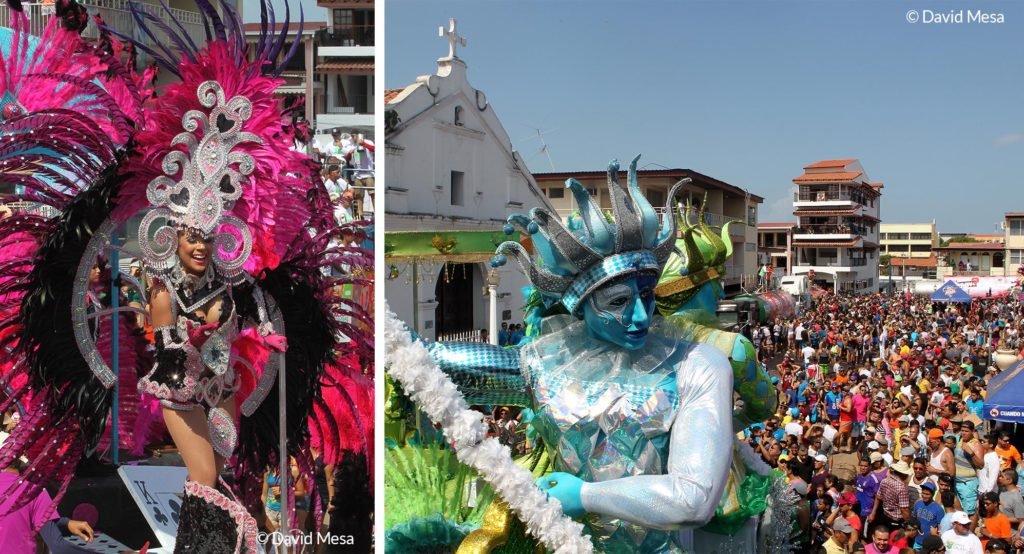
Carnival Saturday, Las Tablas goes all out
The first day is explosive: both tunas compete to parade the most extravagant and opulent floats. It’s 2023 and, after a two years hiatus, everyone is expecting a monumental return. I hope you’re well rested, since you’ll be caught up in the crowd and may well get soaked. Wear sunblock and light clothing, and have a hat and water handy. Join the surging crowd of people hugging, shimmying, and lazily snaking around Porras Park and the surrounding streets, as they are showered with water from tanker trunks and animated by street band music. If this is your first time, don’t go overboard. After noon, head for the nearby port of Guararé.
This town doesn’t celebrate Carnival, so many visitors spend the night here during the festivities in order to rest and recharge in peace. The port of Guararé boasts several picturesque beach restaurants where you can savor seafood as the ocean breeze refreshes your mind and an iced beer cools your body. Now that you’ve settled down, go back to your lodgings to rest for a couple of hours before the night parade, where both tunas compete to bring out the most spectacular and opulent floats around 10 p.m.

Carnival sunday: discover the south Azuero coast
Wake up early even if you’re tired. Momo (Momus, the god of mockery and satire) sleeps, but he’ll wake soon and you won’t be able to leave Las Tablas. This is a good day for an excursion through some of the quaintest areas of the province of Los Santos. Take the highway toward Tonosí. You’ll pass through charming towns like El Muñoz, Valle Rico, La Miel, Flores, and El Carate, where you’re sure to come across a casual restaurant for breakfast. Stop in Flores to photograph the Tonosí Valley and the Pacific Ocean, which bathes the southern coast of the Azuero peninsula.
From there, descend to the town of Tonosí, which celebrates a smaller and cozier car- nival, or continue to the gorgeous — and contiguous — Los Buzos and Cambutalbeaches that glow with pearly gray sand. There is also the Marinera beach,where you might be lucky enough to stumble on a turtle’s nest hatching later than usual. While away the rest of the day lounging in the shade of the palm trees. Perhaps you’d like to spend the night in a cabin in Tonosí, or head on over to Venao beach, which is more touristy and closer to the places you’ll be visiting the following day.
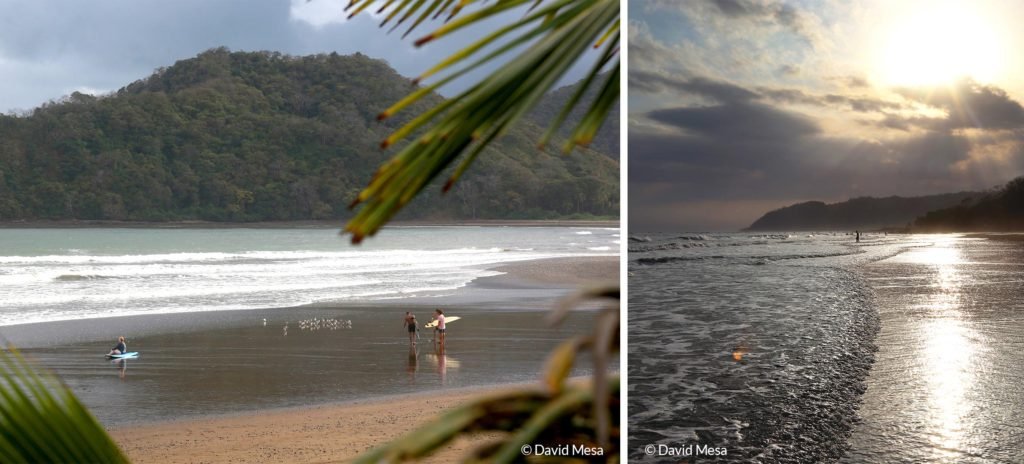
Carnival monday
Spending the night at any of these beaches will have you greeting the sun as it rises over the ocean. The unique geography of Panama makes this one of the few places on the Pacific coast of the Americas where this is possible. If you chose Venao, you’ll revel in some of the country’s best surfing waves, if that’s how you’d prefer to spend your day. If not, I would recommend you continue on to Pedasí, further to the east, which offers both carnival and other options.
For example, you can rent a boat for a different kind of fishing expedition that will usually reward you with snapper and mackerel, or you can make for Isla IguanaAs you might suspect from the name, the island houses a large population of these sauri- ans, as well as sea birds and battalions of crabs that keep a beady eye trained on you for the duration of your stay. If boating isn’t quite your thing, you could go to Oria Arriba, where agrotourism coops will give you a taste of rural life in the area.
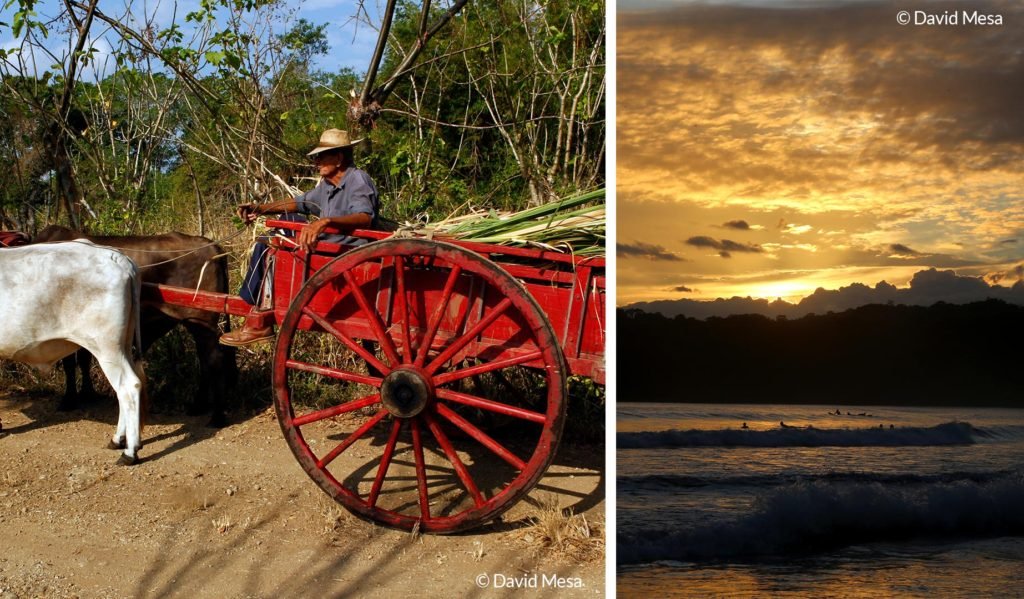
Carnival tuesday: a more traditional version
Depart from Pedasí and head to Santo Domingo de Las Tablas, a small town that puts on a smaller and cozier carnival. Traditionally, the last day of the festival honors the pollera. Women proudly display this famous Panamanian national costume or another version of traditional dress. The most opulent are painstakingly crafted in the most luxurious fabrics, with the tuna queens flaunting elaborate headdresses and costly jewelry. The parade in Santo Domingo de las Tablas ends after midnight. Return to the main town of Las Tablas to await El Topón (The Clash): after more than one hundred hours of feverish excitement, the pollera-clad queens lead the exhausted tunas during the final fireworks competition, which envelops the town in an aromatic cloud of smoke that will dissipate only with the dawn on Ash Wednesday.
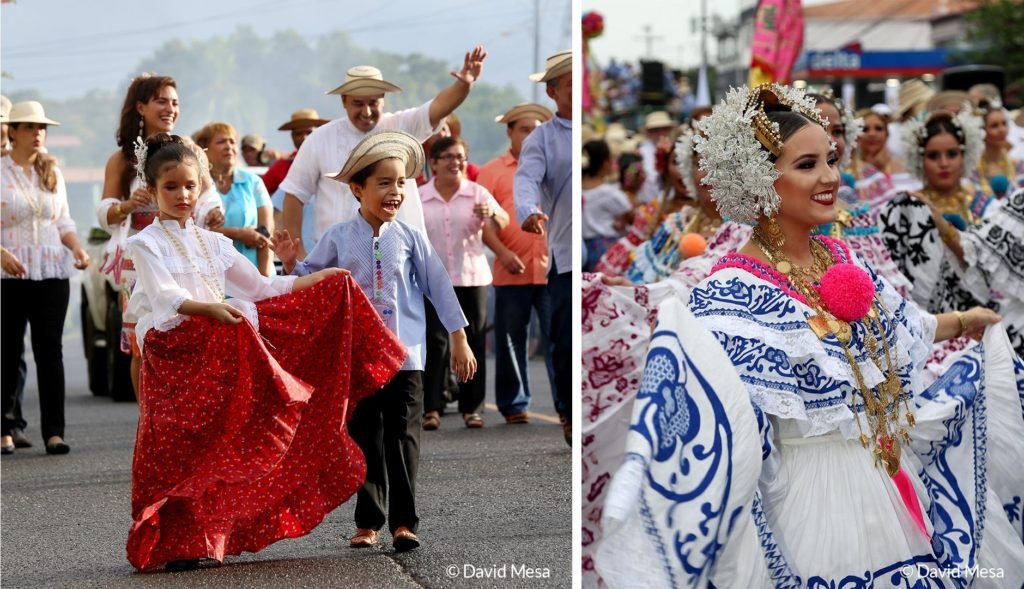
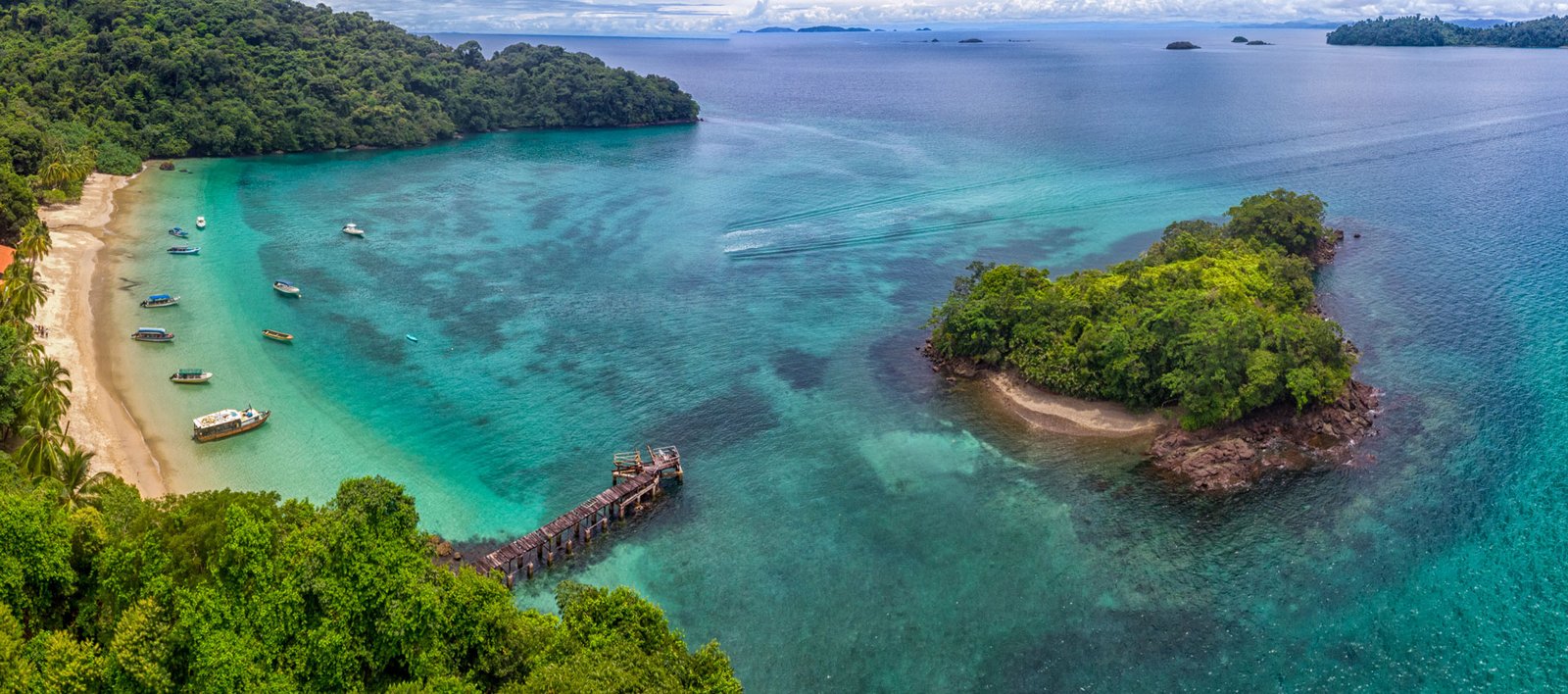
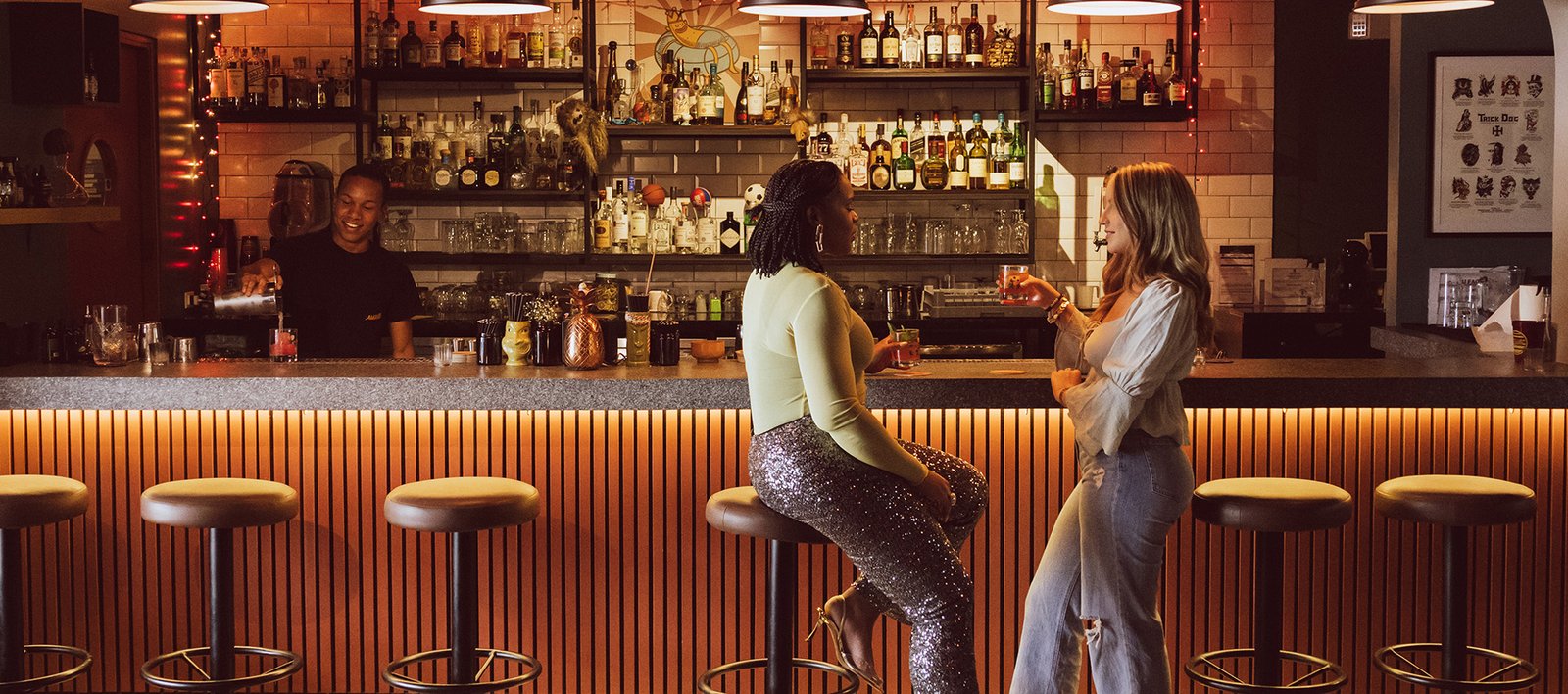


Leave a Reply